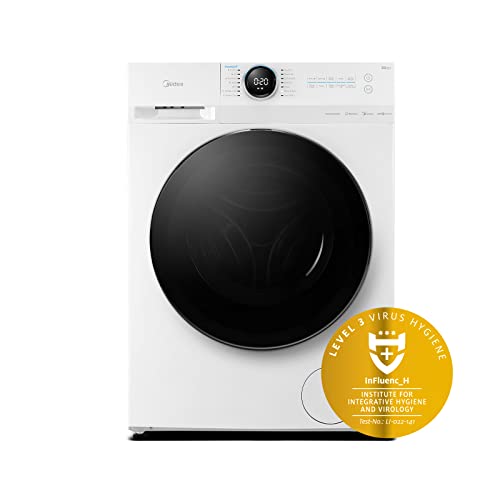Why Buy a 10kg Front Loader?
The 10kg front loader is perfect for large loads of laundry with plenty of space for large wash cycles and 13 wash programs that include handwash. It's a clever machine that comes with modern features.
Front loaders typically take longer to wash, and aren't available in larger capacities, and often be prone to mould and mildew. However, they are much more efficient in water and energy than top loaders.
Energy
The main energy cost in a front-loader 10kg is the power that is used to heat the water to the operating temperature and to run the motor. These costs can be offset by lower energy consumption when compared to top-loaders. washersanddryers means less power used during the spin cycle and agitation and also using less water. Certain machines have low-water cycles that consume less water than the cotton cycle. This saves both energy and water.
In general, true front-load washers use less detergent than top-loaders and the tumbling action inside the drum is able to entrain air which reduces foamy suds and overflows, but not lessening cleaning action. However the door seals as well as bellows can be more prone to wear than those found in top-loaders. In addition, a top-loader's agitator's mechanical mechanism can cause considerable wear and abrasion to clothes, since it forces clothes against each with paddles that constantly drop and drag them through the wash. The degree of abrasion is determined by the amount fabric that is left on a clothes dryer screen for lint. Lint is primarily composed of stray fibers that are separated from clothing during washing and drying. Many top-loaders have been designed to operate at slower speeds and can also have a "freshening cycle" to clean the bellows or mechanical gears regularly.
Water
Top-loading washers require an impeller or an agitator to push soap and water through the clothes, causing wear and abrasion. By contrast, front-loaders use paddles that gently lift and drop clothing inside a drum spinning for cleaning, which reduces wear. The amount of lint that is in the dryer lint filter can be used to determine the rate of wear. Lint is mostly made up of stray threads that are removed from clothes when drying and washing.
Front-loading machines are less prone to leak since they have less water than top-loaders. Front-loaders require a bellows, or seal to stop water from spraying through the open door. These systems do not need to maintained as frequently as top-loaders.

Additionally, front-loaders can operate with cold water or hot and a lot of them without the need for a heating source, which makes them more energy efficient than top-loaders. This efficiency can lower operating costs for the same laundry load, especially in locations where energy, water, and detergent are costly.
